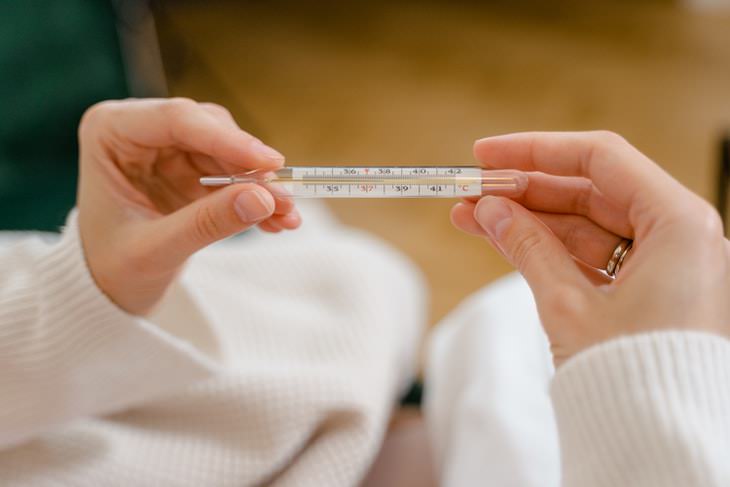
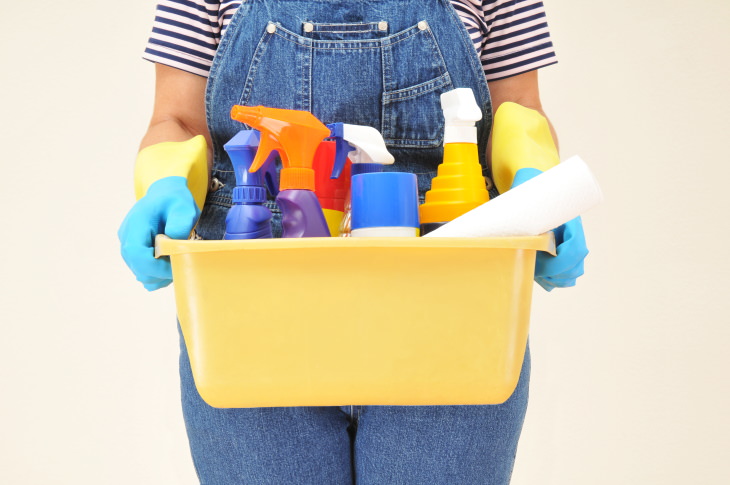
The easiest solution for that is good old chlorine bleach. Dilute ⅓ cup of bleach in 1 gallon (4.5 l) of warm water - this is your basic disinfectant cleaning solution. Only mix the amount you’ll need in one day because bleach loses its disinfectant power when exposed to air.
That being said, bleach cannot be used on fragile stone counters or unvarnished hardwood. For such surfaces, it’s best to purchase specialized disinfects or use isopropyl alcohol. Hydrogen peroxide can also be used to disinfect surfaces, but it’s typically on the pricier side, and like bleach, it may stain some surfaces, so be careful if you decide to use it.
When using bleach or any other disinfectant, you have to give it some time to work. So apply the disinfectant on the surface, wait for a few minutes, and only then rinse it away with water. With bleach, you should leave it on for at least 3-4 minutes. The time may vary on other disinfectant cleaners - just read the label and follow the instructions.
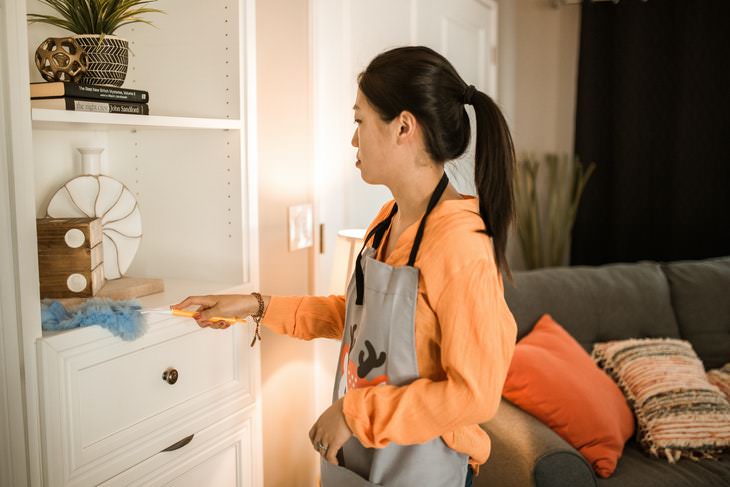
We recommend using either a washable cloth or paper towels for disinfecting. Sponges are not a good option because they can absorb and harbor bacteria. It’s best to have a separate set of cloths for the kitchen, bathroom, living room, etc. This way, you’ll prevent spreading the germs from one room to another. Launder the cleaning cloths after use in hot water to kill all the germs.
For items with a lot of details and difficult-to-reach spots, such as a computer keyboard, you can get every nook and cranny with a cotton swab dipped in disinfectant.
Ready to start cleaning? Here are some great tips for tidying up and disinfecting every room in the house.
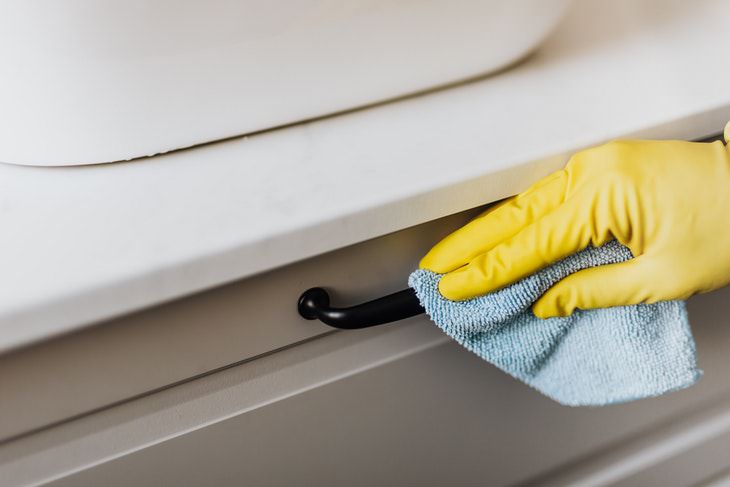
In an ideal situation, the sick person should have a separate room to stay in isolation while they’re sick. However, this isn’t always possible in small living spaces, and sometimes the sick person, especially a child, simply refuses to be confined. Research from MIT shows that a sneeze can spread to a distance of 26 feet (almost 8 m), whereas a cough can travel to up to 19 feet (nearly 6 m). So a sick person spending any time in common living spaces can cover the couch, the living room table, and the TV remote with germs - all in one sneeze.
To minimize the risk for the healthy people in the household, clear the living room of the items that are difficult to clean, such as decorative pillows or tablecloths. Cover upholstered furniture, such as the couch or armchair with sheets and blankets, and wash these frequently.
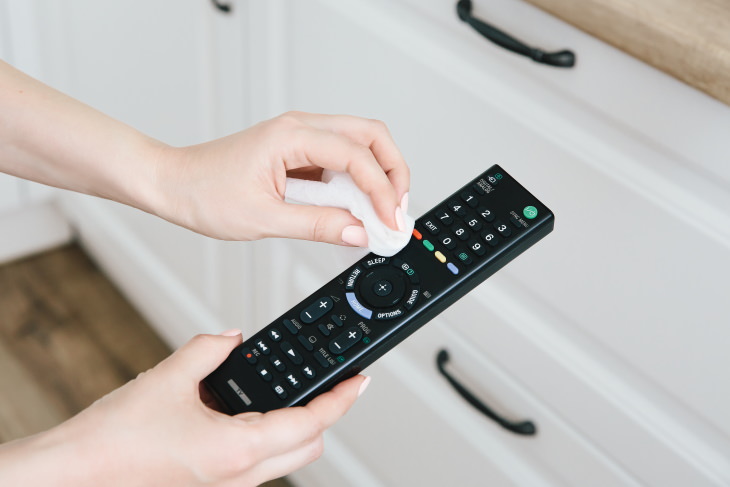
Both during and after illness, sanitize hard surfaces, such as coffee tables, stair railings, thermostats, chairs, light switches, and even car keys frequently. If the sick person uses the TV remote to stay entertained, put a box of disinfectant wipes near the remote and have everyone in the house, especially the sick person, use the wipes to sanitize it after each use.
In some cases - like when the little one is sick - saliva, poop, and vomit can get on the furniture or floors. If that happens, get equipped with a pair of disposable gloves and pick up the mess with some paper towels. Throw away the used paper towels by sealing them in a plastic bag first.
Finish by disinfecting the area with either one of the cleaning solutions we mentioned earlier, or steam. The norovirus, a germ that causes vomiting and diarrhea, is killed after exposing it to high temperatures: 170°F (76°C) for 5 minutes or 212°F (100°C) for 1 minute. If you choose to use bleach or any other disinfectant cleaner on upholstery or carpets, make sure to patch-test it first in an inconspicuous area.
Interested in Covid-19 prevention specifically? Then read our guide on this topic: COVID-19: What to Do If Someone in Your Home Tests Positive

When someone is sick, they tend to spend hours in bed. Naturally, this leaves germs in the bedding. To stop the illness from spreading to others, disinfecting bed linens is key. Pillowcases should ideally be changed daily because they are in direct contact with the sick person. When the person is feeling well enough to get out of bed for a few minutes, change the sheets and the person’s pajamas too. If a sick child has stuffed animals in bed, these should be laundered as well.
One important exception is when you’re dealing with diarrhea and vomiting: such soiled sheets and clothes must be washed immediately.
The best thing you can do to shield yourself from the germs as you’re handling dirty laundry is to wear disposable gloves and possibly a face mask (if you have one on hand). Air out the room as you’re changing the sheets and keep the dirty laundry away from your face. Don’t shake the laundry, as this spreads germs.

Wash and dry the soiled linens, pajamas, and stuffed toys on the hottest water setting allowed for the fabric, and don’t mix them with other people’s laundry.
Once the person is feeling better and you’re ready to deep clean their bedroom, vacuum the room thoroughly, and proceed to disinfect the bedposts, nightstands, light switches, phone chargers, and any other items that could be dirty. Wash hard toys in the dishwasher (separately, of course) and finish by washing or disinfecting the laundry basket used to store germy clothes to avoid cross-contamination.

Bathrooms often harbor germs as is, but even more so when the entire family is down with the flu or worse. When only one of your home’s inhabitants is sick, have them use a separate bathroom. If this isn’t a viable option, ask the person to use their own hand towel and bath towels, and change out these towels on a daily basis.
Clean dirty towels, bathrobes, and rugs in hot water and tumble dry on high heat to eradicate the infectious agents.
If the entire family shares the same bathroom with the sick person, disinfect the following surfaces with bleach on a daily basis:
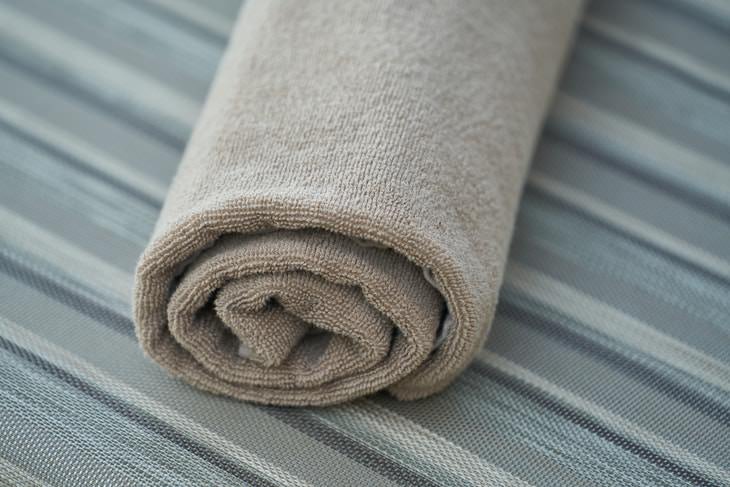
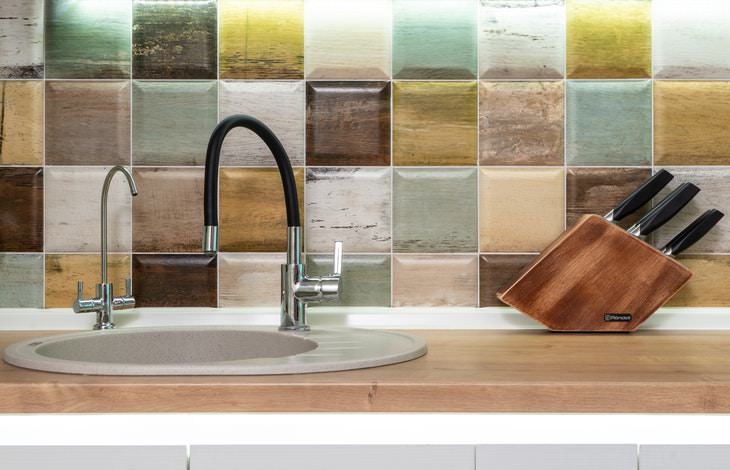
Whatever the infectious illness in question, the kitchen is almost always heavily affected. Even if the symptoms are not digestive, dirty cups, plates, and kitchen utensils keep coming in, the refrigerator door is wide open every half an hour, and sneezes fly all across the kitchen.
Things are even worse if you’ve got some kind of foodborne illness, as tiny infectious particles can get onto all the foods you touched and potentially infect everyone in your household. If anyone in your home experiences vomiting or diarrhea, and you suspect foodborne illness, don’t let them cook or touch any food until they haven’t exhibited any symptoms for 2 days.
Wash all the dishes and other kitchen utensils on the hottest water setting, throw away the trash daily, and instruct everyone in the house to wash their hands with soap before and after touching anything in the kitchen.

Like in the previous rooms, it’s important to disinfect all the objects touched by the sick person, namely:
And last but not least, if someone in your family is sick, switch from a kitchen sponge to a microfiber cloth, at least temporarily. You can also try microwaving the sponge for 2 minutes to kill the pathogens, but that may contaminate the microwave itself and you’ll need to clean it, so it’s not the best idea.
In addition to all the germ hotspots you can find in separate rooms around your home, we’d like to draw your attention to the following objects. Since we use them on a daily basis, they are known to harbor germs and should be disinfected when your family is going through the flu or any other infectious disease:
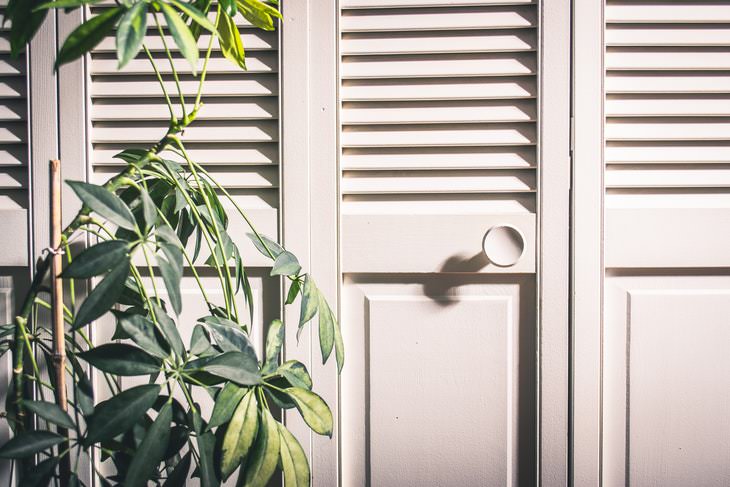
Hand washing makes a huge difference in lowering the spread of germs. But it’s easy to forget to do so, especially when you’re feeling ill, which is why all doorknobs, closet handles, and light switches should be disinfected when you deep clean your home after an illness. Just in case.
Pajamas and bedding aside, any clothing, including slippers, hats, and other accessories you’ve worn during the sickness ought to be sanitized too. The same applies to kitchen towels, blankets, and any other textiles you’ve come in contact with as you were actively sick. To do so, wash and dry everything on the hottest possible temperature setting.

All those buttons, headphones, and touch screens are, unfortunately, not immune to germs. Electronic devices, such as your laptop or smartphone can harbor more germs than a toilet seat. “Cell phones can have more germs than a toilet seat. It’s amazing what is on a cell phone. You definitely want to clean those routinely,” said Dr. Dan Allan, a family medicine physician, to Cleveland Health.
Most electronics can be safely cleaned with isopropyl alcohol or alcohol wipes. To read more on the topic, see this article - A Disinfectant Cleaning Guide to Phones and Other Devices.
This group is only relevant to you if you have kids or pets in your home. We briefly touched on sanitizing stuffed or plastic toys earlier, but we can’t stress the importance of this step. The little ones are not capable of watching where the toys land, so they end up brimming with microscopic lifeforms. To prevent disease spread or even self-reinfection, you must disinfect toys properly - simply wiping them down with disinfectant wipes won’t do.
Some stuffed toys are machine washable so that one’s easy. As for big plastic toys, like Legos, for example, they can be cleaned in the dishwasher. Smaller plastic toys or electronic toys must be disinfected by hand by wiping them down with a bleach solution or a cloth wet with 3% hydrogen peroxide. Don’t forget to rinse with water. Lastly, if a soft toy is too delicate to be washed, you can either disinfect it with a steamer or run it in the dryer on high heat.
